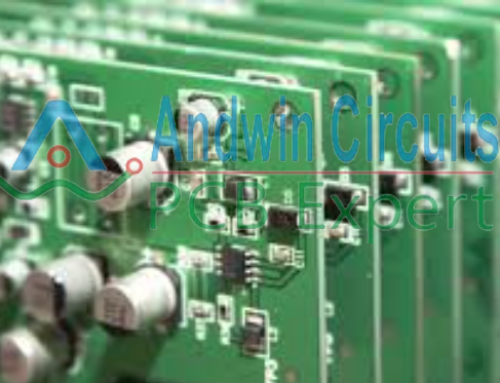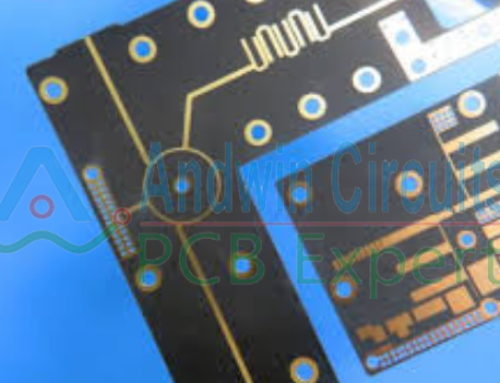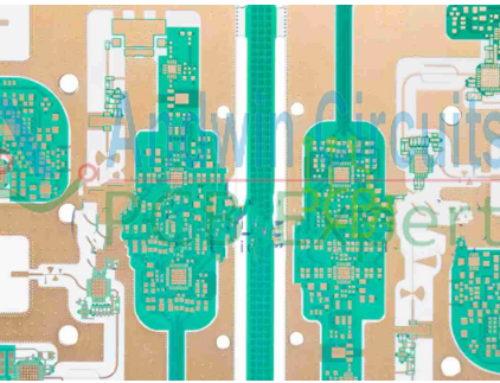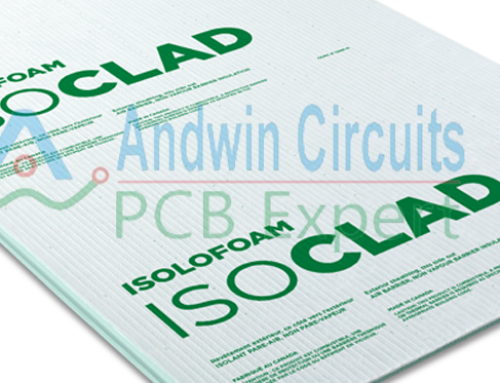What is flex pcb ground plane?
A flexible printed circuit board (flex PCB) ground plane is a layer of copper that is used to provide a low-impedance path for electrical current to flow back to the power source.
The ground plane is typically located on the bottom layer of the flex PCB, and it is connected to the ground pins of the components on the board.
The ground plane helps to reduce electromagnetic interference (EMI) and noise in the circuit,
and it also provides a stable reference voltage for the other signals on the board.
The ground plane can be designed to cover the entire bottom layer of the flex PCB, or it can be divided into smaller sections to accommodate different components and signal paths.
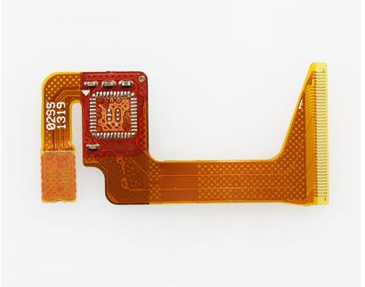
the role of flex pcb ground plane
The role of the flex PCB ground plane is to provide a low-impedance path for electrical current to flow back to the power source.
This is important because all electrical circuits require a complete path for current to flow.
Without a proper ground plane, the electrical current may find alternate paths, leading to interference and noise in the circuit.
The ground plane also helps to reduce electromagnetic interference (EMI) and noise in the circuit.
EMI can be caused by external sources such as radio waves or other electronic devices, and can interfere with the signals on the flex PCB.
By providing a low-impedance path for current to flow, the ground plane helps to reduce the effects of EMI and noise.
In addition, the ground plane provides a stable reference voltage for the other signals on the board.
This is important because many electronic components require a stable reference voltage to function properly.
By providing a stable ground reference, the ground plane helps to ensure that the other signals on the board are operating correctly.
Overall, the flex PCB ground plane plays a critical role in ensuring the proper functioning of electronic circuits by providing a low-impedance path for current flow, reducing EMI and noise, and providing a stable reference voltage for other signals on the board.
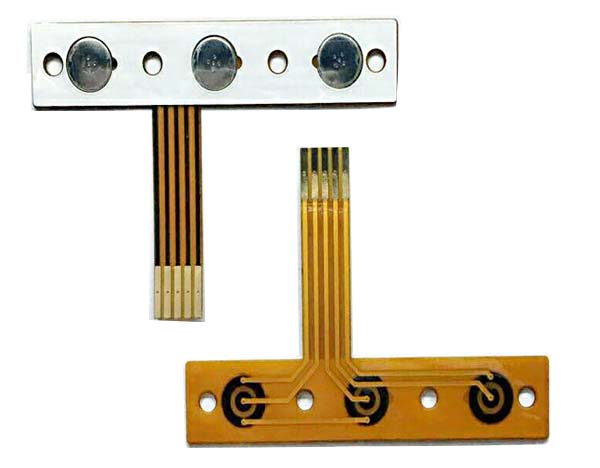
flex pcb overmolding
Flex PCB overmolding is a process of encapsulating a flexible printed circuit board (PCB) with a thermoplastic material to protect it from environmental factors such as moisture, dust, and vibration.
The overmolding process involves placing the flex PCB into a mold and injecting the thermoplastic material around it to create a protective layer.
The overmolding material can be selected based on the requirements of the application, such as temperature resistance,
chemical resistance, and flexibility. The overmolding process can also be customized to fit the specific shape and size of the flex PCB.
Flex PCB overmolding is commonly used in applications where the PCB is exposed to harsh environments, such as automotive, aerospace, and medical devices. It provides a durable and reliable solution for protecting the PCB and ensuring its longevity.
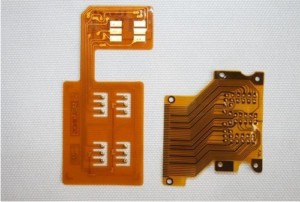
Reasons for Overmolding Flexible Printed Circuit Boards
There are several reasons why overmolding flexible printed circuit boards (PCBs) is beneficial:
1. Protection:
Overmolding provides a protective layer that shields the PCB from environmental factors such as moisture, dust, and vibration.
This helps to prevent damage to the PCB and ensures its longevity.
2. Durability:
The overmolding material is typically a thermoplastic that is resistant to wear and tear.
This makes the PCB more durable and able to withstand harsh environments.
3. Customization:
Overmolding can be customized to fit the specific shape and size of the PCB.
This allows for a more precise fit and better protection.
4. Aesthetics:
Overmolding can improve the appearance of the PCB by providing a smooth and uniform surface.
5. Cost-effective:
Overmolding can be a cost-effective solution for protecting the PCB compared to other methods such as conformal coating or potting.
6. Improved functionality:
Overmolding can also improve the functionality of the PCB by providing additional features such as strain relief, EMI shielding, and water resistance.
Other PCB products, you may interesting










